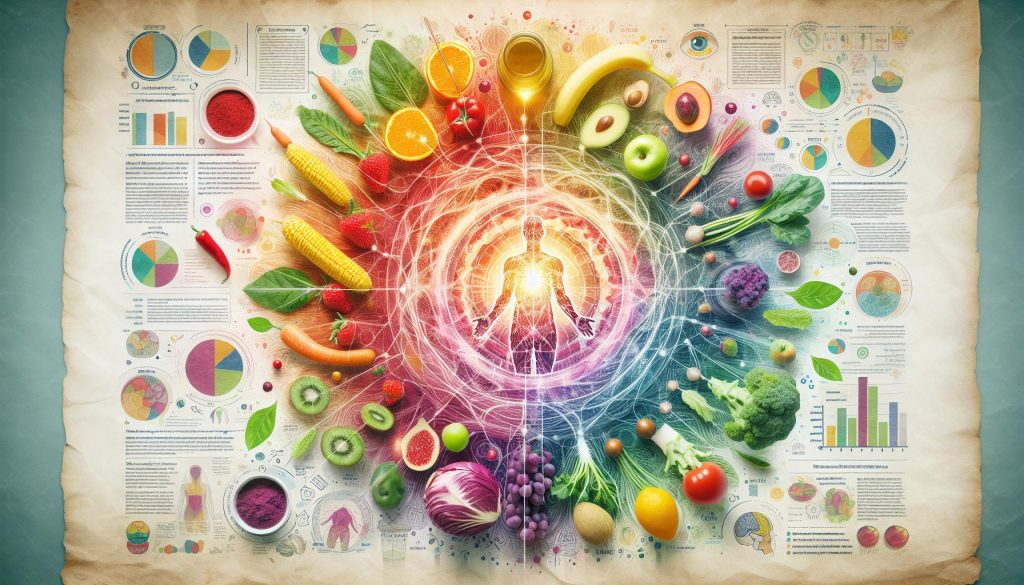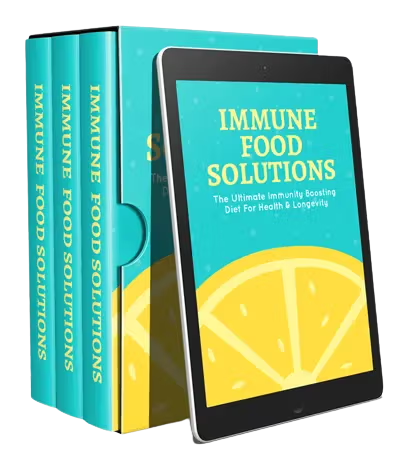Introduction
Knowing what you eat is a fact as fundamental as the food itself. It’s not only about what the dish tastes like or how it satiates your hunger pangs, but also about the energy that goes into its production. Looming large over the horizon of health and nutrition is the question we have grappled with today: which type of diet requires the most energy to produce? The answer, in its simplistic form, points towards the carnivorous diet, a meat-heavy regime that demands large amounts of energy for production. However, as with all complex matters, it necessitates more than a cursory glance. So, buckle up and join us as we undertake a culinary journey, marking our route with facts about producing different diets and the energy required.
The Meat of the Matter
Those faithful to the carnivorous way of life enjoy the luxury of protein-packed dishes, where meat takes the centerpiece at most meals. However, it is also a diet that demands more energy for production than any other type of diet, owing to the significant amounts of feed, water, and space required to rear livestock. It takes as much as 10 calories of feed energy to produce just a single calorie of beef. Phrased differently, meat farming isn’t exactly light on our planet’s resource tab.
Poultry Prodigiousness
As the story goes, not all meats are created equal. Poultry, for instance, is an exception among the meat group. Chickens, turkeys, and the like, fare far better, requiring only about 4 calories of feed energy to produce a calorie of poultry. Thus, opting for chicken over beef could be a savvy move for those wanting a protein-rich diet that’s less strenuous on the planet’s resources.
The Plant Ponder
Is the grass always greener on the vegetarian side, you wonder? Plant-based diets, often applauded for their low environmental footprint, also consume energy for production. Growing crops, after all, involves the use of fertilizers and pesticides, not to mention the energy required for harvesting, storing, and transporting the produce.
Cereals and Seeds – The Energy Saviors
Yet, vegetables and fruits beat their meat counterparts hands down when it comes to energy efficiency. Cereals and seeds, in particular, are bastions of caloric bounty. They deliver a high yield of energy per calorie invested, making their production significantly less taxing on the energy front, thus shining a new light on the humble bowl of oatmeal or a slice of whole grain bread.
The Conundrum of Convenience
While diet types can be mapped on an energy requirement scale, the food’s state – fresh, canned, or frozen, plays a pivotal role too. A wholesome fresh salad might sound like the epitome of a low energy diet, but if its ingredients have taken a transcontinental flight to reach your plate, the energy tally suddenly doesn’t look as green anymore.
The Frozen vs Fresh Debate
An interesting observation in this context is the somewhat antithetical role of frozen food. Although decried for being less healthy than their fresh counterparts, frozen food could arguably be lighter on the energy front. This is because freezing allows for longer shelf life, reducing waste and periodic transportation.
Conclusion
Evaluating diets solely based on their energy requirement for production can be tricky. The carnivorous diet clearly requires the most energy, but not all meats are energy equal. Vegetarian diets are generally more energy-efficient, but distant sourcing can add to their energy footprint. Frozen or convenience foods, often looked down upon, can sometimes be the dark horses in combating energy waste. The truth is, our food’s journey from farm (or factory) to plate plays an incalculable role in its energy requirement – the reason why local, seasonal eating is often championed as the ideal.
Frequently Asked Questions
1. Why does meat production require more energy?
As meat production demands a large amount of livestock feed, water, and land, it requires more energy compared to other diets, especially for rearing large animals like cows.
2. Does crop farming require less energy?
Generally yes, crop farming typically requires less energy as plants convert sunlight into food more efficiently and need lesser resources compared to animals.
3. Are all plant-based foods equal in terms of energy required for production?
No, certain crops like cereals and seeds are more energy efficient as they provide a higher yield of energy per calorie invested.
4. Does food transportation add to the energy required for diet production?
Indeed, transporting food over long distances often ends up adding a considerable amount of energy to its production.
5. Does freezing food save energy?
In some cases, yes. Freezing extends the shelf life of food, reducing waste and the energy required for periodic transportation and storage.



